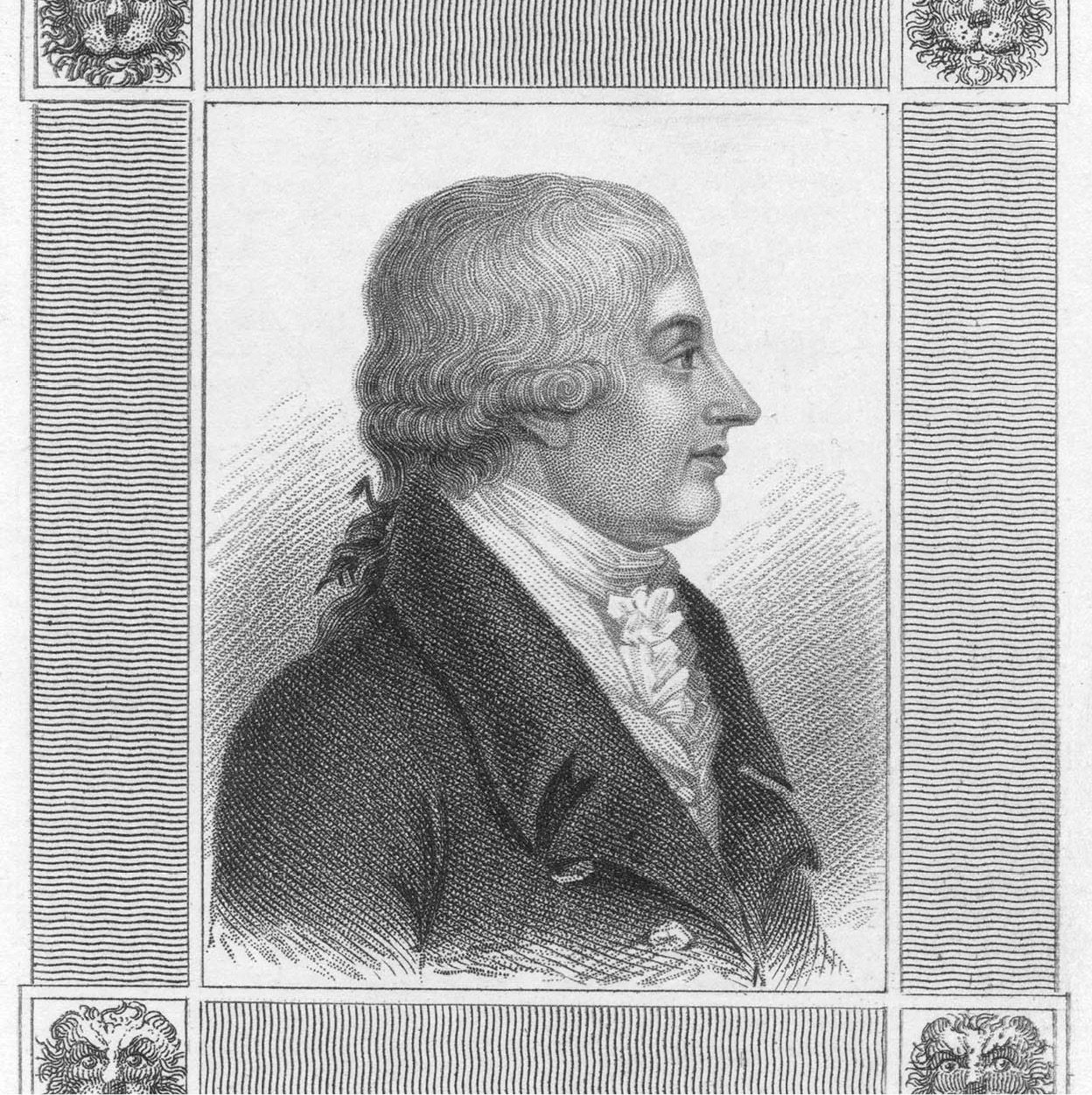Travellers’ Tales
There were some distinguished names among early visitors to Portugal, and they left with strong impressions. Some fell in love with the country, while others were more critical.
English visitors to Portugal long believed themselves to be discoverers of the one exotic land left in well-visited, well-described Europe. In 1845, Dorothy Quillinan, daughter of William Wordsworth, wrote, “There is, I believe, no country in Europe that is less thoroughly familiar to me.” A century later, Evelyn Waugh thought it was still a well-kept secret, and wrote: “There is no European capital of antiquity about which one hears so little.” But English travellers had been going to Portugal, and writing about it, for some time.

The flamboyant William Beckford.
Getty Images
Eighteenth-century opinions
The most flamboyant of the 18th-century visitors to Portugal was William Beckford, who set up a sumptuous house in Ramalhoa near Sintra in 1787. He inspired Byron’s Childe Harold, whose first stop on his pilgrimage to Portugal was to wander through Sintra conjuring Beckford’s ghost and meditating on the brevity of life and pleasure.
Beckford first visited the peninsula in 1787, shortly after the publication of his Gothic novel Vathek. The unorthodox Englishman, who had left England in the wake of a homosexual scandal, caught the fancy of the pious Marquis of Marialva, who hoped to convert him to Catholicism. But Beckford, as we learn from his diary, was desperate not for the salvation of his soul but for an introduction to the court of Queen Maria. England’s ambassador Sir Hugh Walpole refused to perform this service for his disgraced countryman. The marquis guaranteed an introduction if Beckford would convert, but the writer had no such intention and he left, petulant and thwarted. By the time he was finally presented at court in 1794, poor Maria had long been insane.
Beckford’s Sketches of Spain and Portugal give an idiosyncratic, bitchy but sensitive view of Portugal’s art, music, nature and society. His is a land of the senses: he described the modinha, a haunting, erotic song, and the luxuriant beauty of the vegetation. His journals provide a brilliant, if haphazard, guide to Portugal’s art and climate.
On his first visit to Portugal in 1796, Robert Southey, a Romantic and the future English Poet Laureate, expressed disapproval of the filth of Lisbon, the discomfort of the country inns, and the corruption and superstition of the priests. But on a subsequent visit, four years later, although he still mourned the lack of “genial company”, he fell in love with the country, and delighted in the sensual orange groves, long lazy days and lush, fertile fields.
William Mickle, the 18th-century poet and translator of Luís Camões’ works, was a great admirer of Portugal’s “genial clime” and contrasted the “gloomy mists’’ of England to the “sun-basked scenes… where orange bowers invite”.

Portrait of Lord Byron.
Scala
Lord Byron
Lord Byron was a little more ambivalent. He wrote to his mother in 1809: “except the view from the Tagus, which is beautiful, and some fine churches and convents, it contains little but filthy streets and more filthy inhabitants”. But he was far more enamoured of Sintra: “To make amends for this, the village of Cintra, about fifteen miles from the capital, is, perhaps in every respect, the most delightful in Europe; it contains beauties of every description, natural and artificial. Palaces and gardens rising in the midst of rocks, cataracts, and precipices; convents on stupendous heights… It unites in itself all the wildness of the western highlands, with the verdure of the south of France.”
Byron’s view of Lisbon also resonates in his poetry, where he painted the city as a faithless harlot of a town, a siren who glitters beautifully from the water but who reveals, on closer contact, only filth and treachery:
But whoso entereth within this town,
That, sheening far, celestial seems to be,
Disconsolate will wander up and down,
Mid many things unsightly to strange see;
For hut and palace show like filthily…
Poor paltry slaves! yet born midst noblest scenes.
Borrow’s travels
The ingratitude of the Portuguese towards the British for their help in expelling Napoleon was a cause of resentment for another Englishman, George Borrow. Travelling in 1835, on a mission for the Bible Society, he complained that the English “who have never been at war with Portugal, who have fought for its independence on land and sea, and always with success, who have forced themselves by a treaty of commerce to drink its coarse and filthy wines… are the most unpopular people who visit Portugal.”
Borrow’s account of Portugal, although less famous than Byron’s stanzas, is an original, entertaining and evocative description. He was a great reporter of human eccentricity, and was also enthusiastic about the beauties of Portugal. Lisbon, he claimed, “is quite as much deserving the attention of the artist as even Rome itself”. Sintra, so lavishly praised by Byron, captivated all travellers and was “a mingled scene of fairy beauty, artificial elegance, savage grandeur, domes, turrets, enormous trees, flowers, and waterfalls, such as is met with nowhere else under the sun”. It is truly, Borrow wrote, “Portuguese Paradise”.
Speaking to the Natives
George Borrow was a wonderfully comic traveller, erratic and egoistical. His self-confidence was typified by his belief that after just two weeks he could speak fluent Portuguese. He refused to accept that much of the time people could not understand what he was saying, and his advice to novices speaking a foreign language offered the sort of wrong-headed lesson that some tourists seem to take to heart even today. “Those who wish to make themselves understood by a foreigner in his own language should speak with much noise and vociferation, opening their mouths wide.”